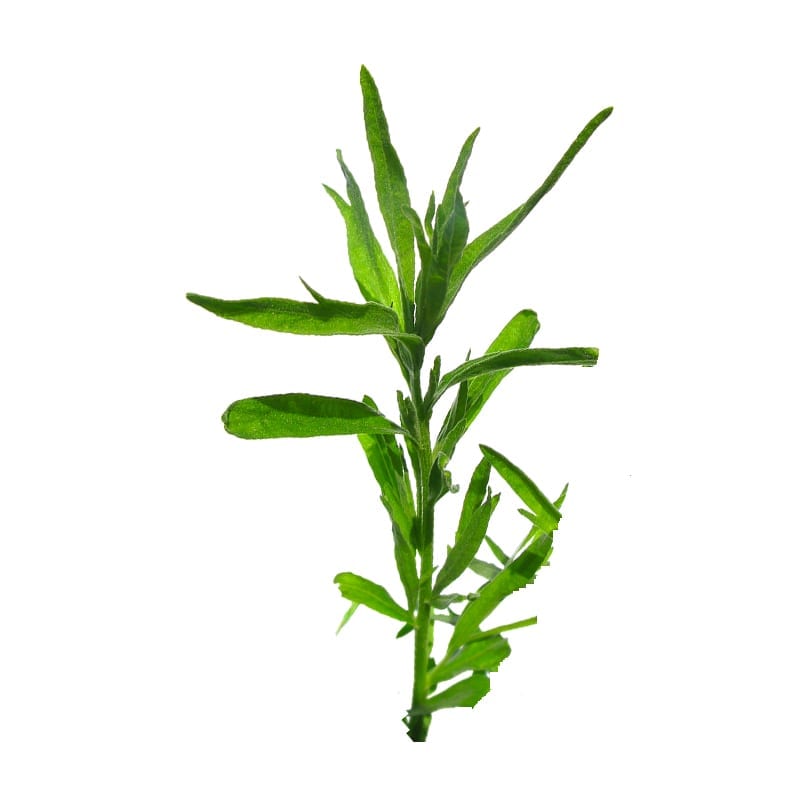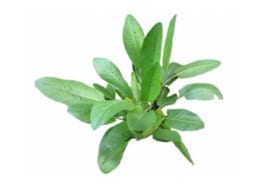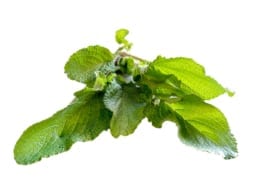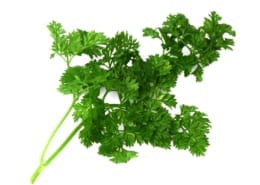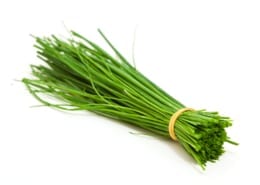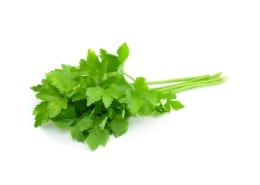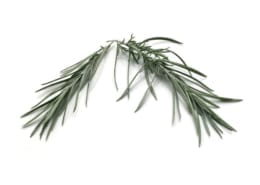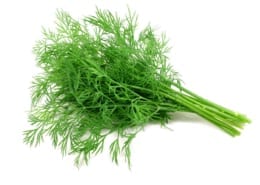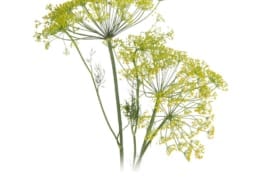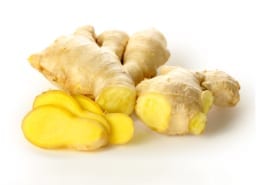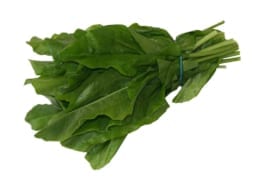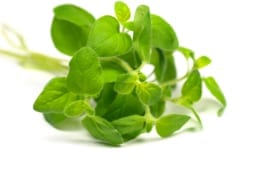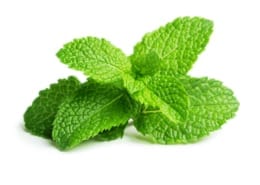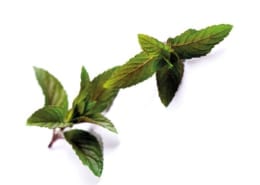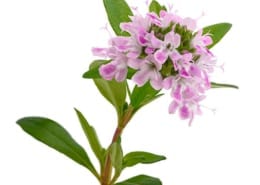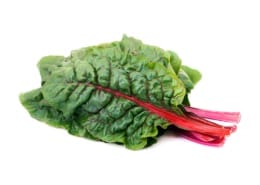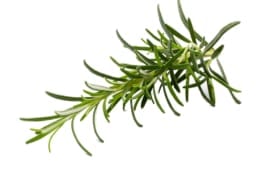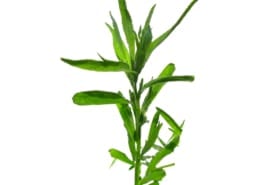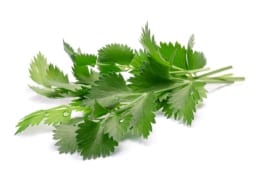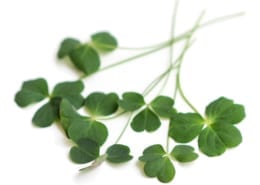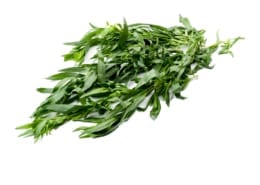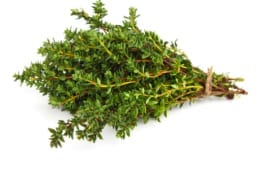Russian tarragon
Also called estragon, tarragon is an aromatic herb of a perennial plant, belonging to the Asteraceae family. For its remarkable taste, tarragon is an excellent substitute for salt and spicy spices, it is therefore ideal for those who must follow a low-sodium diet.
Tarragon presents itself with narrow lanceolate and elongated light green leaves that release a very intense aroma. In order not to lose its aroma, it is good to pick it up before the small yellow-green flowers grouped together on the cob open.
Its aroma is indefinable, fragrant, but at the same time delicate, peppery, between anise and celery and is enhanced by cooking, better therefore to use it with caution.
The drangoncello is highly appreciated by gourmets for its aroma in salads, roasts and in the preparation of particular sauces. The tender sprouts dip green in the vinegar to make the flavor slightly spicy. Tarragon infusion can be used to rinse the mouth.
The leaves and tops are used to flavor the dishes, especially omelettes and soups. Brought into the vinegar with other aromatic herbs, such as thyme and basil, it enhances the flavor. Precisely for these properties it is often cultivated in vegetable gardens.
Tarragon can be used to flavor eggs, fish, seafood, meats. The taste of Tarragon is similar to anise and celery; slightly bitter and peppery, it is indicated for use on low-flavored foods. Tarragon is the essential ingredient for the preparation of Bernese sauce, tartar sauce and tarragon sauce.
Variety
Russian tarragon
Seasonality
Russian tarragon


